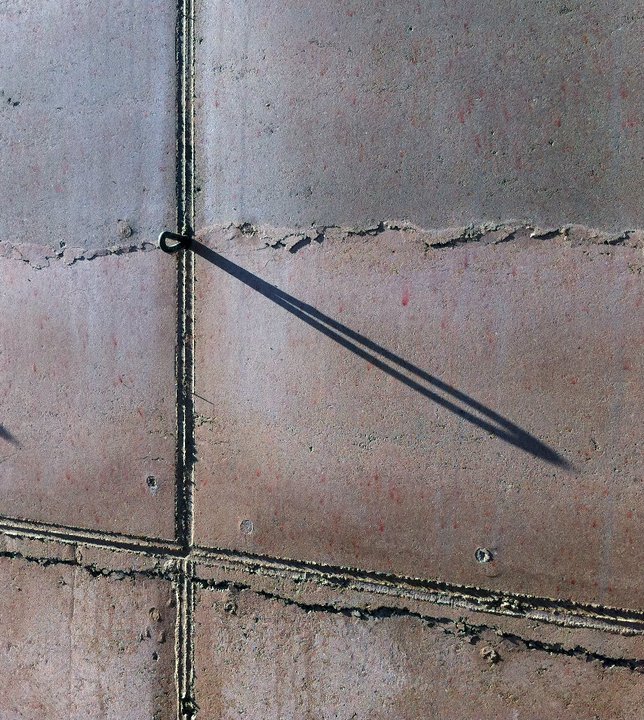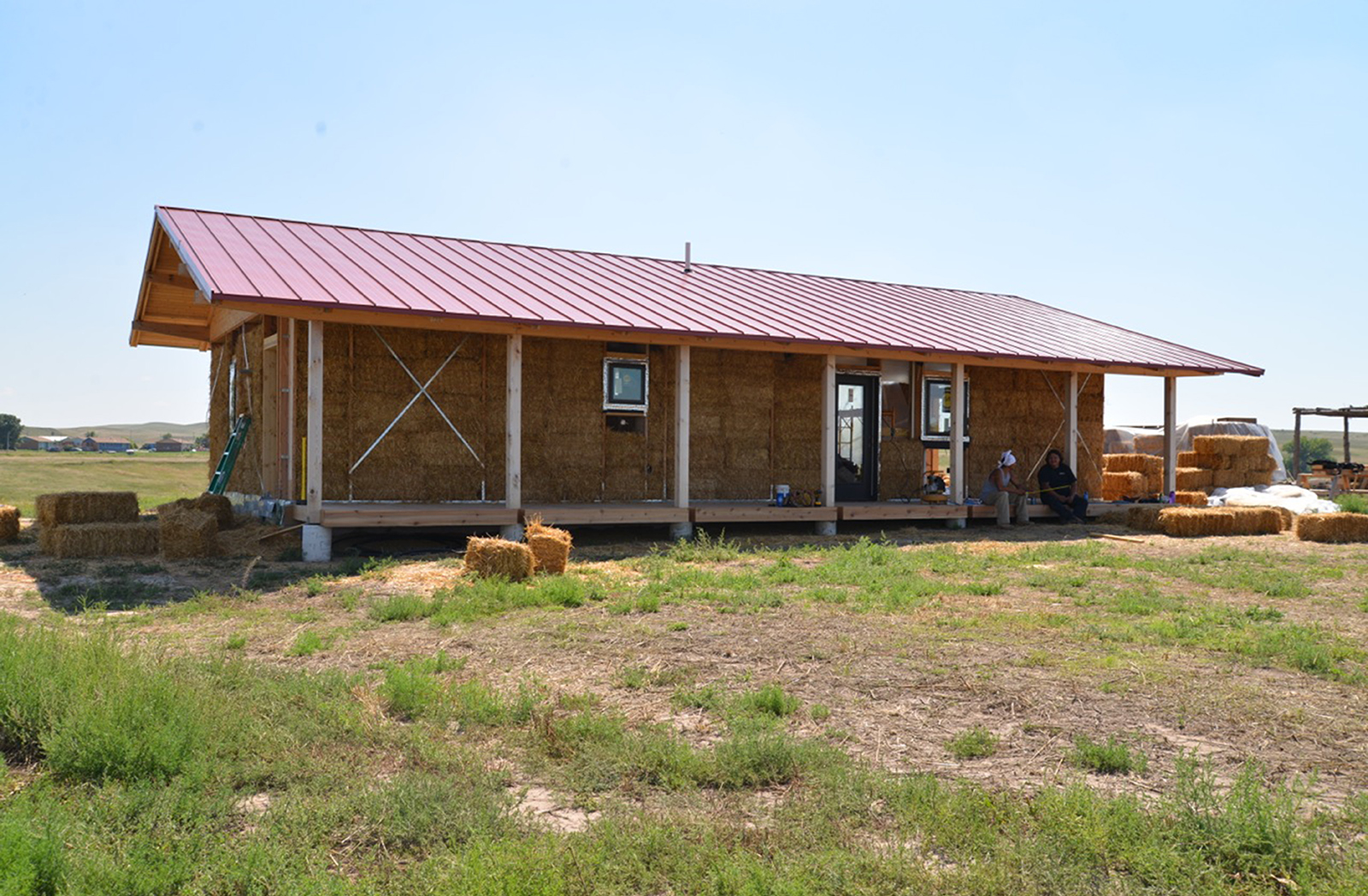Say hello to our newest team member, Justin Trammell!
--
Putting the Local in Global Education
Putting the Local in Global Education
Our invited chapter, Pedagogy into Practice: Teaching Environmental Design through the Native American Sustainable Housing Initiative, has been published in a new book titled: Putting the Local in Global Education: Models for Transformative Learning Through Domestic Off-Campus Programs. The position taken in this volume is that domestic off-campus study can be just as powerful a transformative learning experience as study overseas, and that domestic programs can equally expand students’ horizons, their knowledge of global issues and processes, their familiarity and experience with cultural diversity, their intercultural skills, and sense of citizenship.
The Casa Sanitas Project Published in Rammed Earth Construction: Cutting-Edge Research on Traditional and Modern Rammed Earth
The Casa Sanitas Project Published in Rammed Earth Construction: Cutting-Edge Research on Traditional and Modern Rammed Earth.
Rammed Earth Construction: Cutting-Edge Research on Traditional and Modern Rammed Earth is a collection of peer-reviewed papers presented at the First International Conference on Rammed Earth Construction (ICREC2015, University of Western Australia, Perth, Western Australia, 10-13 February 2015) by academics, engineers and rammed earth practitioners from around the world. The topics discussed in the book include:
- Construction procedures
- Durability assessment
- Material characterisation
- Seismic design
- Soil suitability
- Structural and thermal performance
- Traditional and stabilised rammed earth structures
Rammed Earth Construction: Cutting-Edge Research on Traditional and Modern Rammed Earth will be a valuable reference for academics, engineers and practitioners for describing the state-of-the-art in rammed earth research and understanding.
A High Performance Rammed Earth Wall System for Cold Climates
A High Performance Rammed Earth Wall System for Cold Climates
The Casa Sanitas project has been featured in the February issue of the Journal of the National Institute of Building Sciences (JNIBS).
Buildings are responsible for more than 40 percent of global energy used, and as much as one-third of global greenhouse gas emissions. As the cost of energy rises, and rapid urbanization increases, it has become imperative to take advantage of low-cost passive strategies to reduce the energy demand of buildings, improve the resiliency of local communities and contribute to a positive energy future.
Conceived as a sustainable alternative to the conventional wood-frame houses found across the Colorado Front Range, the Casa Sanitas prototype is designed to be a “positive energy home” (positive energy homes produce more energy over the course of a year than they use) and combines cost-effective, passive-design strategies that include the high thermal mass of stabilized rammed earth (SRE) walls, natural ventilation and passive solar orientation, with photovoltaic panels, solar thermal hot water and a small ground-source heat pump for radiant heating and cooling.
Pyatt Studio Featured in High Country News Magazine
Pyatt Studio Featured in High Country News Magazine
Building Better Homes in Indian Country
There's no other house like it on the Oglala Sioux's 2 million-acre Pine Ridge Reservation: Its walls are insulated by 18-inch strawbales rather than plastic sheeting, and its radiant-floor heating is much cheaper than the typical propane or electric. A frost-protected shallow foundation inhibits mold and is more energy-efficient than the damp basements common here.
Surrounded by South Dakota's open prairie, the rectangular home with its red-metal roof is one of four prototypes the local nonprofit Thunder Valley Community Development Corporation is building with South Dakota college students and the University of Colorado Boulder's Native American Sustainable Housing Initiative. Others will feature compressed-earth blocks, structural insulated panels made of plywood-faced foam, or standard wood framing.
Each is intended to help the planned 100-unit sustainable housing development meet all its energy needs on-site through rooftop solar panels, energy-storage batteries, and passive-solar design to take advantage of both sun and shade. The project won't erase the 4,000-unit housing crunch on the country's poorest reservation, but every bit counts in a place where dilapidated two-bedroom homes may shelter 15 or more people.
Building Green and Respecting Native American Identity: Housing, Culture, and Sustainability in Native American Communities
Rob Pyatt Contributes to Article in Community Investments Magazine
Building Green and Respecting Native American Identity: Housing, Culture, and Sustainability in Native American Communities
Author(s): Mike Blanford, HUD Office of Policy Development and Research; Brian Gillen, HUD Office of Public and Indian Housing; Lynda Lantz, First Pic, Inc.; Robert Pyatt, University of Colorado Boulder; and Jamie Blosser, Sustainable Native Communities Collaborative
Native American tribes have long faced challenges in providing safe, decent, and affordable housing for tribal members. Recognizing the extreme housing conditions and needs in many Native communities, the United States Department of Housing and Urban Development (HUD) is actively engaged in a number of initiatives aimed at improving conditions on the ground in Native communities across the U.S. This article details one of these efforts: Sustainable Construction in Indian Country (SCinIC), a joint program of HUD’s Office of Policy Development and Research (PD&R) and Office of Native American Programs (ONAP). The initiative seeks to promote and support sustainable construction in Native communities through demonstration, training, and dissemination of best practices and program results.



